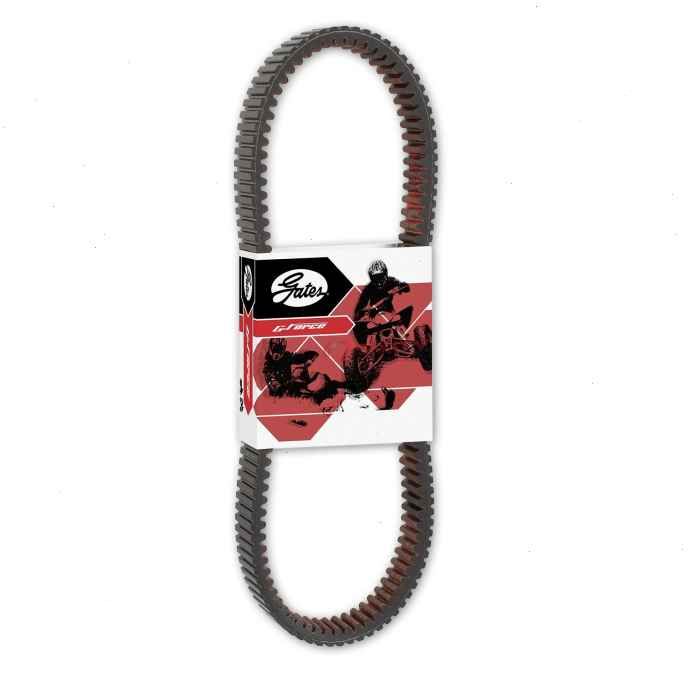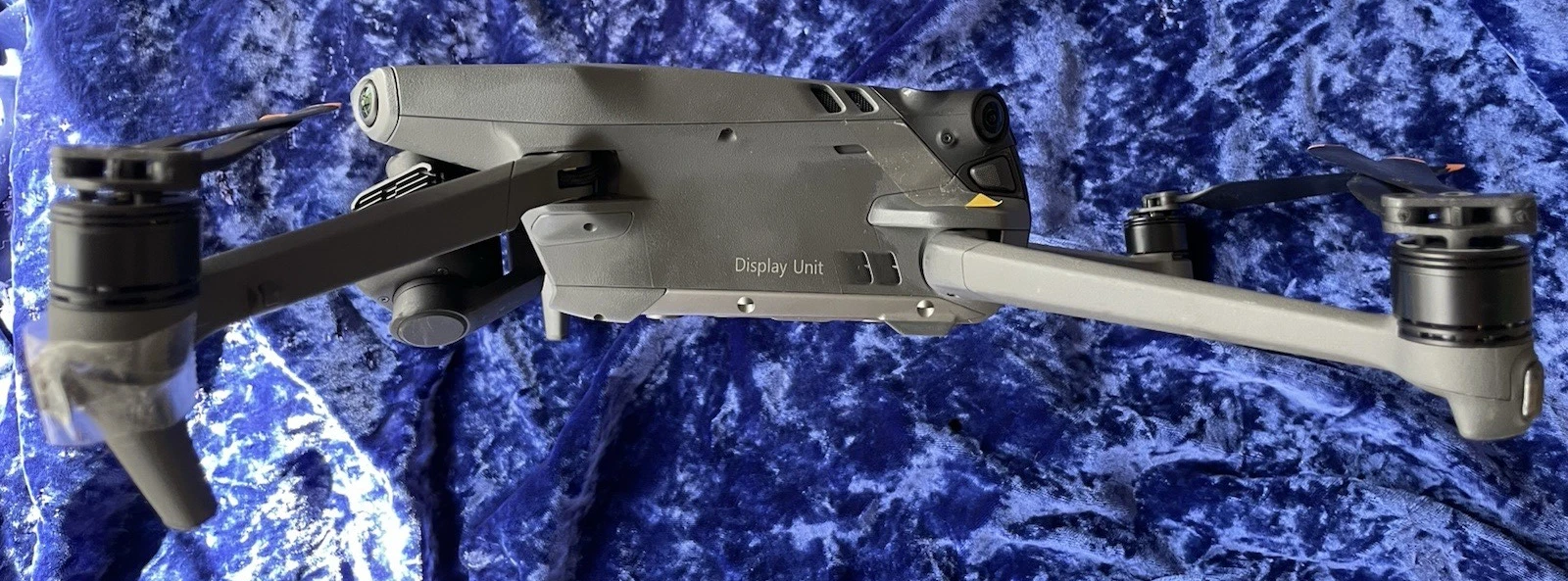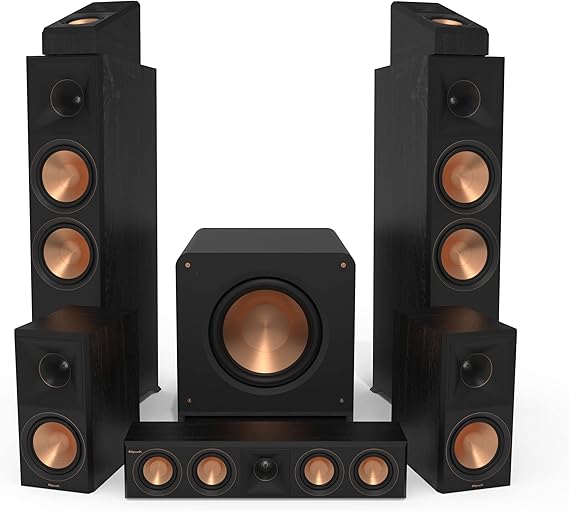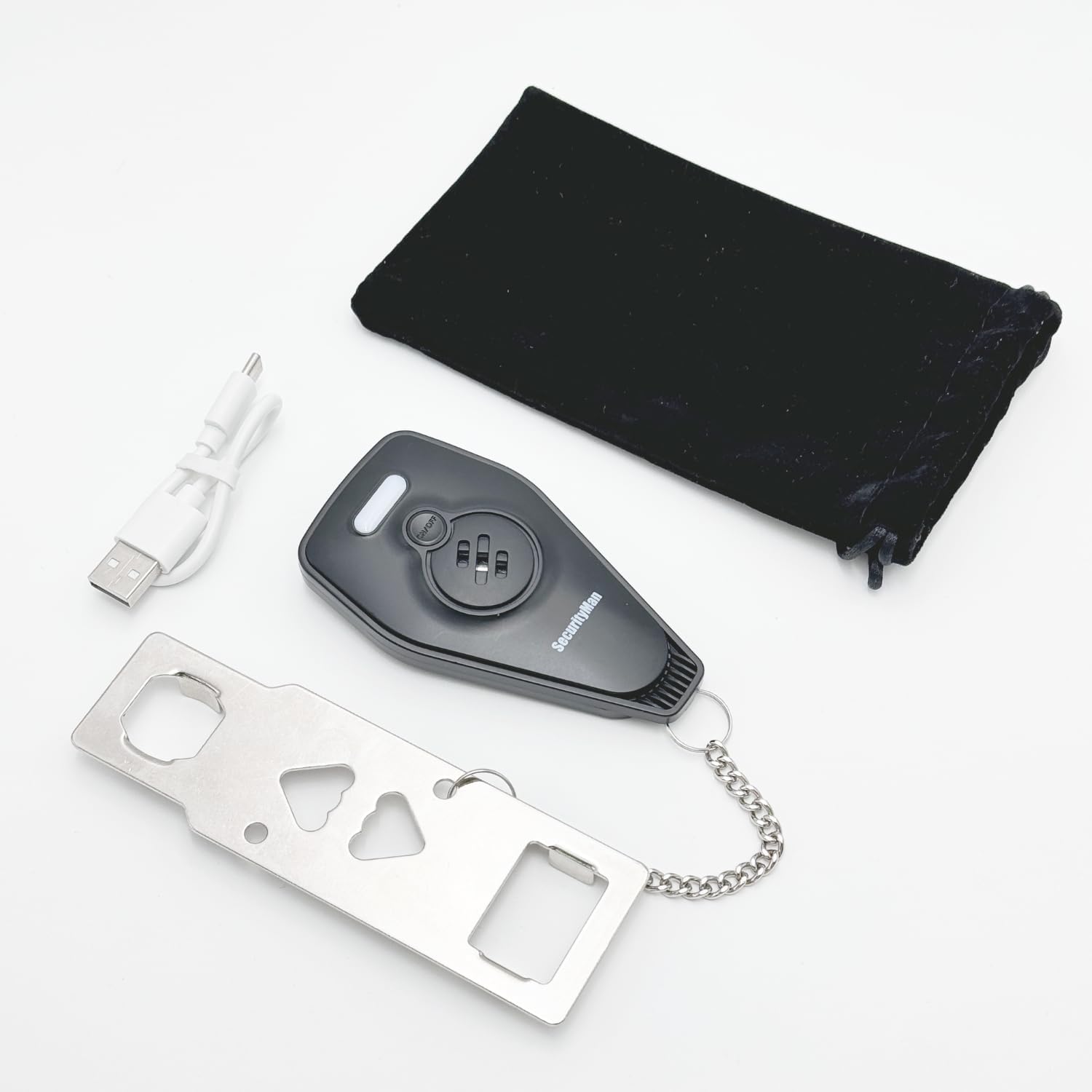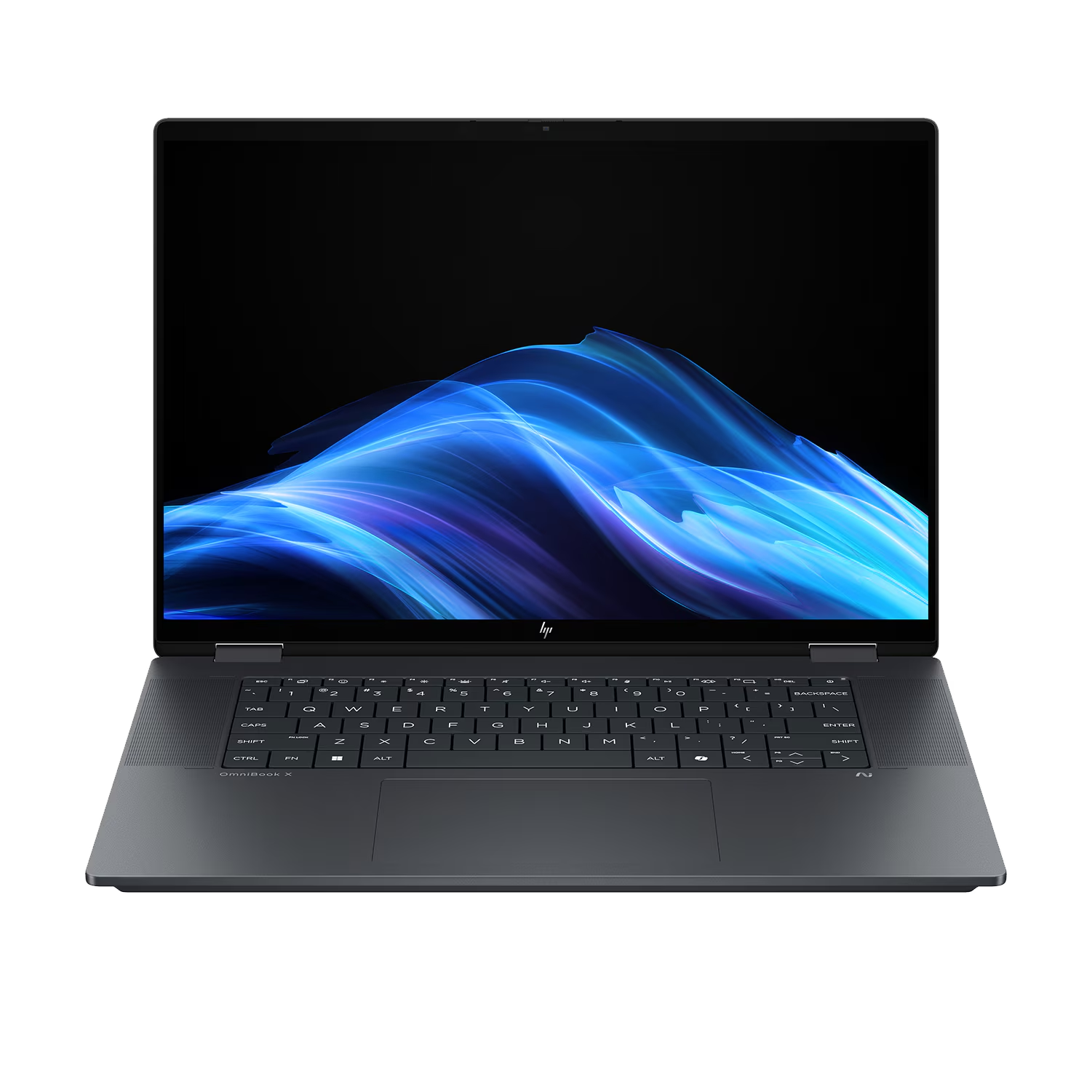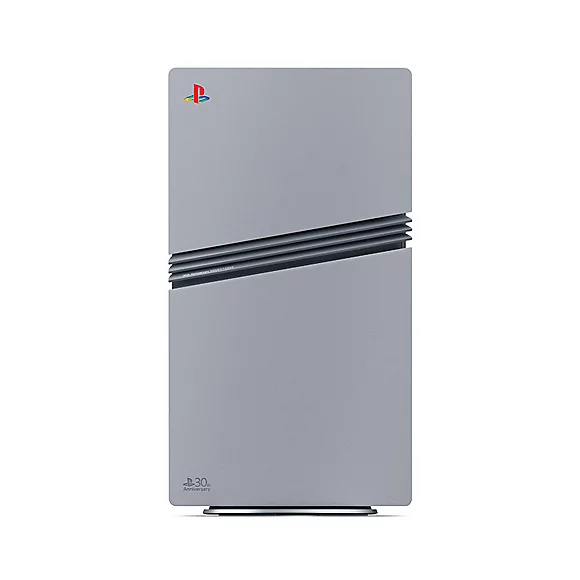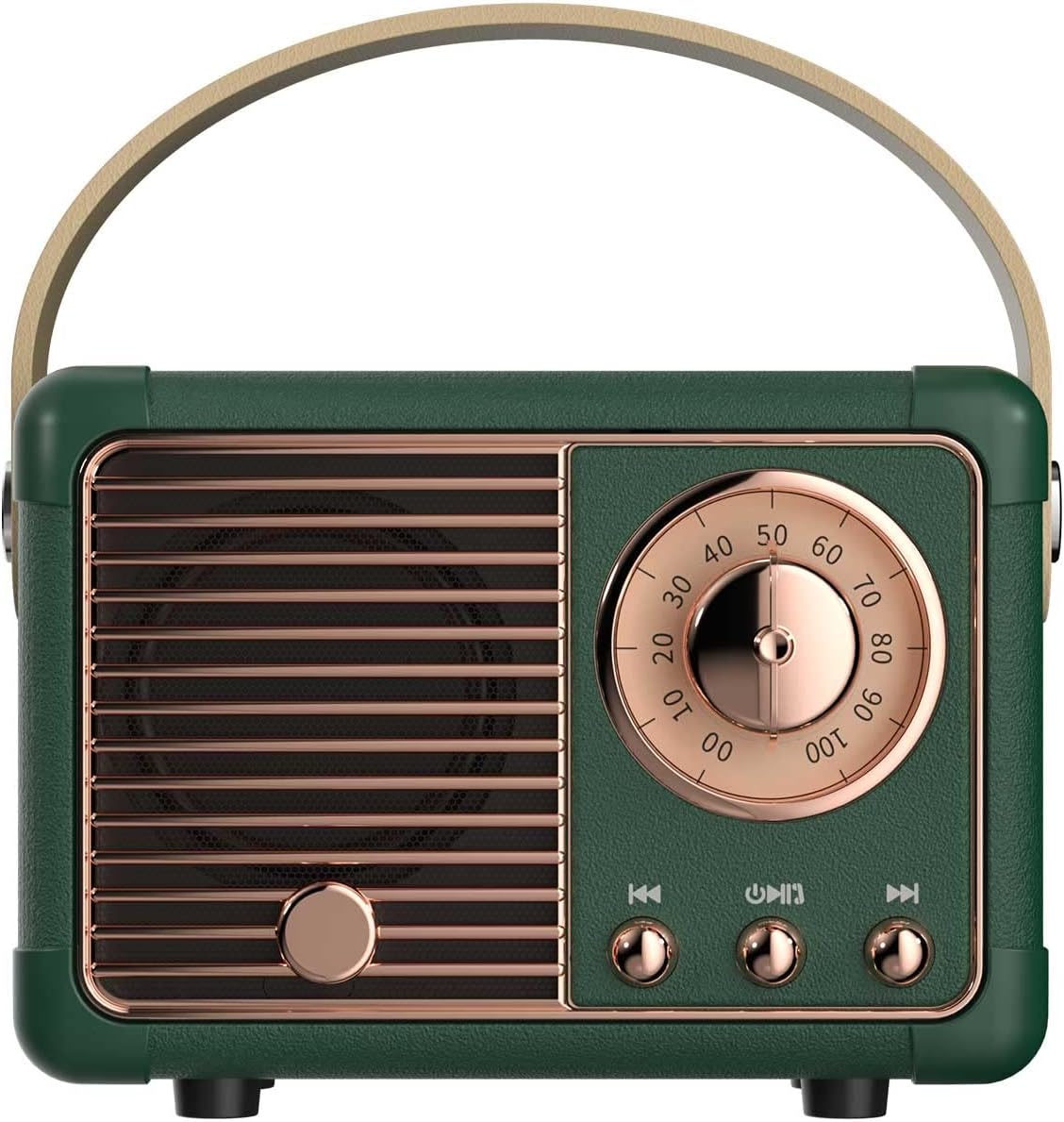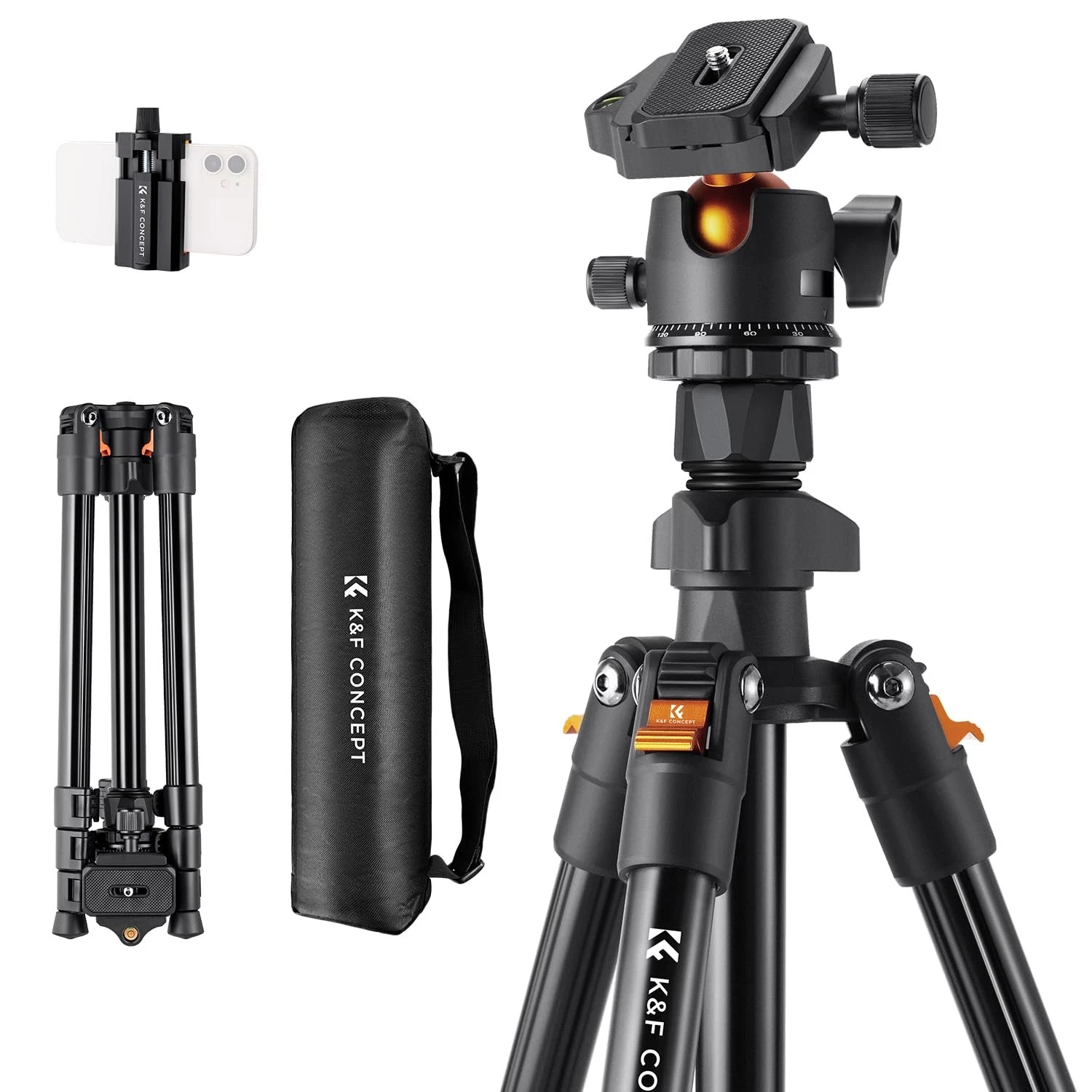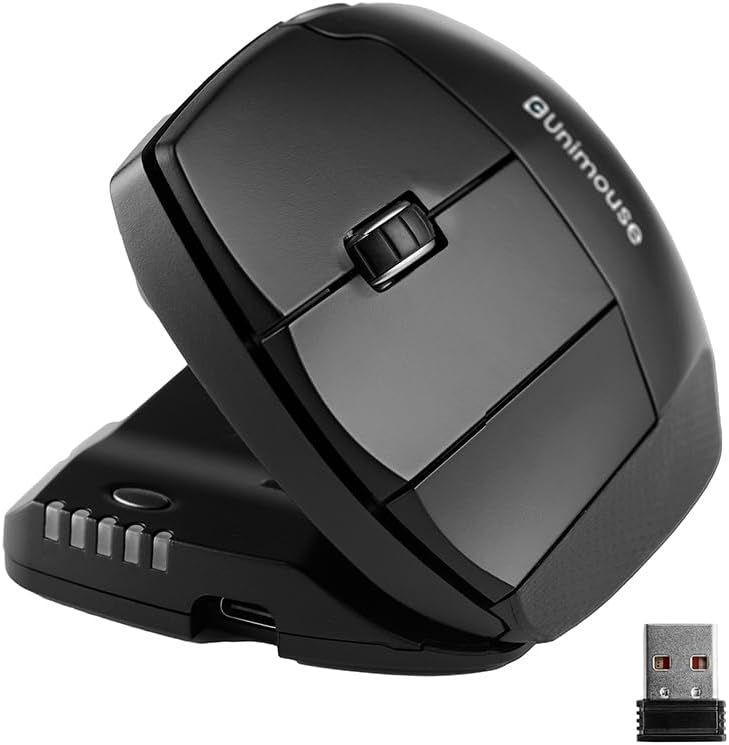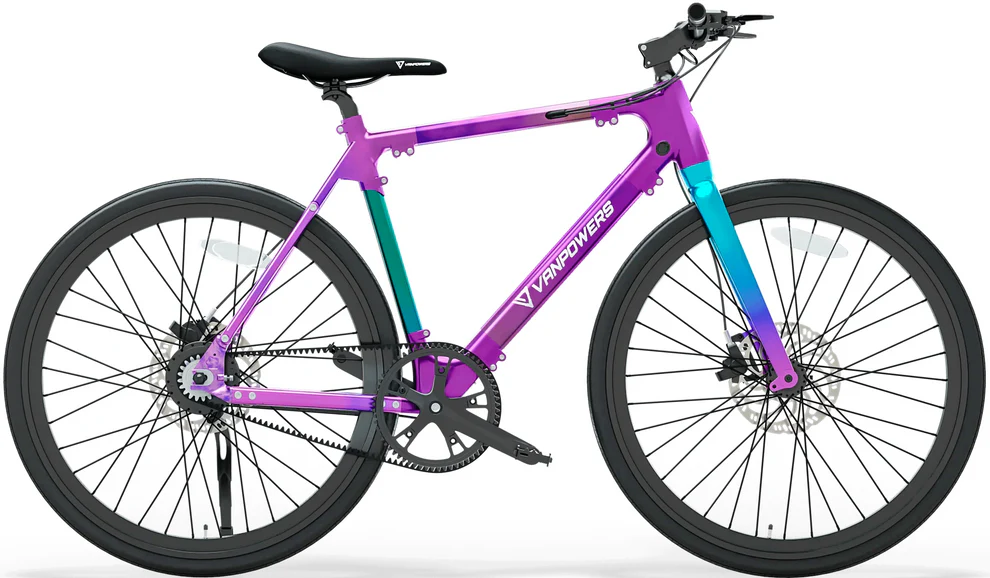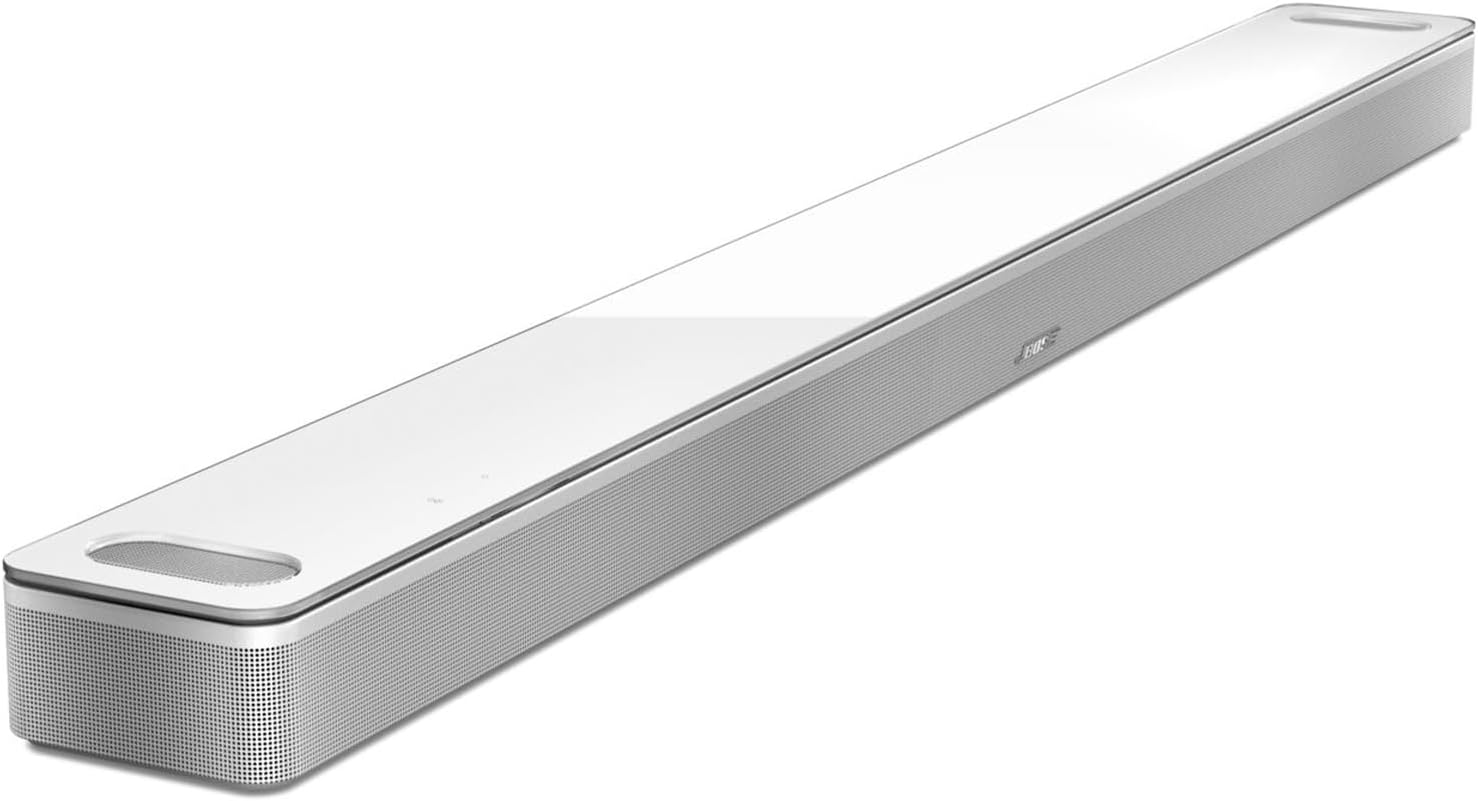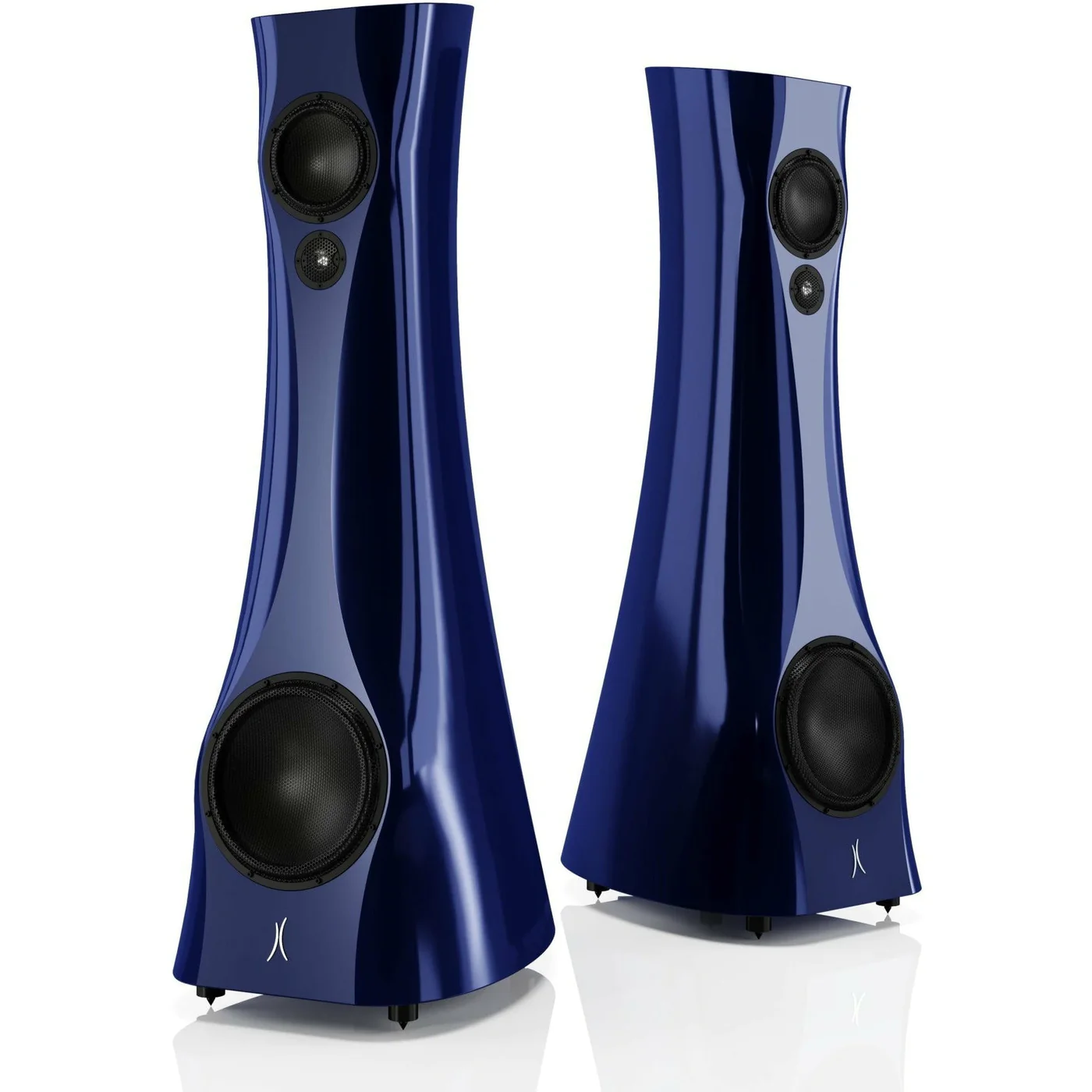In a CVT (continuously variable transmission), the belt is the messenger between engine torque and wheels or track. When it stretches, glazes, or overheats, the whole machine feels lazy—or worse, strands you miles from the trailer. This guide turns belt choice and care into a simple, repeatable system: how to select the right construction, measure and fit it correctly, break it in, and maintain clutch health so you get maximum grip and lifespan. We’ll use Sixity Drive Belts as our reference point because the line spans utility, trail, mud/sand, and snow applications across popular makes and models.
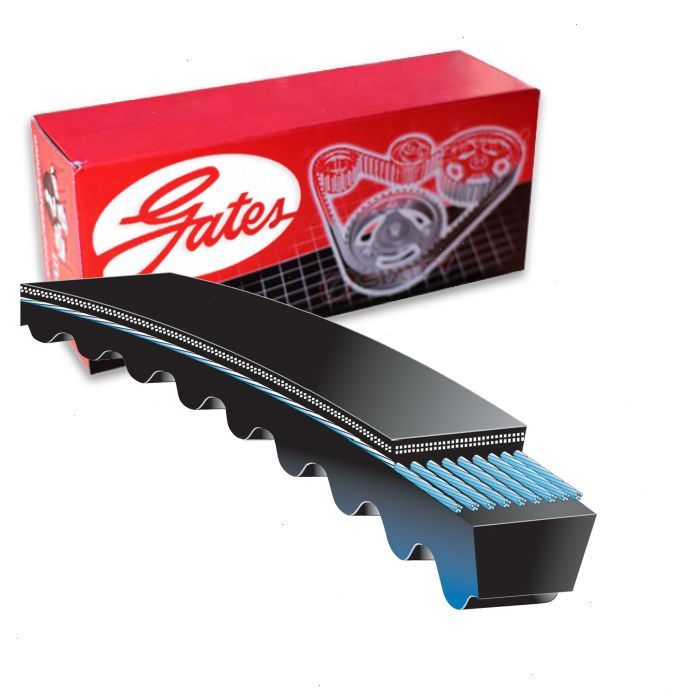
Why Belts Fail (and How to Prevent It)
Three root causes make 90% of belt problems:
- Heat: High RPM with heavy load polishes (glazes) the belt faces, reducing friction so the belt slips—creating even more heat.
- Misalignment/deflection: If primary and secondary sheaves aren’t aligned or belt deflection is off, the belt runs hot, twists, and wears unevenly.
- Contamination: Belt dressing, gear oil mist, mud, or sand embedded in the rubber turn sheaves into sandpaper.
The cure is a correct-spec belt, clean clutch faces, proper belt deflection, and a disciplined break-in. The Sixity Drive Belts catalog helps you match construction to use case so the rubber, cords, and compound handle your terrain instead of cooking in it.
Belt Construction: What’s Inside Matters
Not all CVT belts share the same recipe. Focus on three elements:
- Cord material (tensile members):
- Polyester: budget-friendly; fine for light utility and casual trail.
- Aramid (Kevlar®-class): high tensile strength, excellent heat resistance, lower stretch—ideal for big tires, towing, dunes, and steep climbs.
- Carbon/advanced fiber blends: premium stability under extreme heat cycles; consistent ratio shifts at high load.
- Rubber compound: Heat-resistant elastomers with silica or fiber loading improve grip and resist chunking under sheave pressure.
- Tooth profile & top cogging:
- Top-cogged belts run cooler by venting heat.
- Deeper cogs flex more readily for cold starts and snow use; stiffer profiles resist deformation for big-power UTVs.
Choose belt architecture to match your heaviest use day, not your lightest. If you tow, run paddles, or ride deep snow, an aramid or carbon-cord Sixity Drive Belt is cheap insurance.
Fitment & Sizing: Measure Once, Cry Never
A belt that’s a smidge off is a belt that runs hot. Confirm:
- Effective length (EL): Distance around the belt’s neutral axis. Too long = sluggish back-shift and slip; too short = hard engagement and heat.
- Top width: Must match sheave angle so the belt rides correctly in the pulleys.
- Side angle (usually ~28–30°): Mismatch here chews edges and smokes belts.
Use your machine’s service manual specs, then cross-reference the exact part on the Sixity Drive Belts product page for your make/model/year. When in doubt, verify by VIN and clutch type (Team, P-Drive, Rapid Response, etc.)—small differences matter.
Installation: Get the Surfaces Right
- De-glaze sheaves: Scuff the clutch faces with a maroon Scotch-Brite pad in a radial pattern (never circular). You’re removing polish, not cutting grooves.
- Degrease: Brake-cleaner on a lint-free towel; remove all residue. No belt dressings—ever.
- Check alignment: Use an alignment bar or straightedge across primary/secondary sheaves. Out-of-spec alignment bakes belts even if brand-new.
- Set deflection: With belt installed, push mid-span with a spring scale; measure deflection vs. spec (often 1/2–3/4″). Adjust secondary shims or threaded adjusters as required.
- Direction matters: If the belt is directional, install arrows to spin forward. If not directional, choose a direction and keep it consistent for the belt’s life.
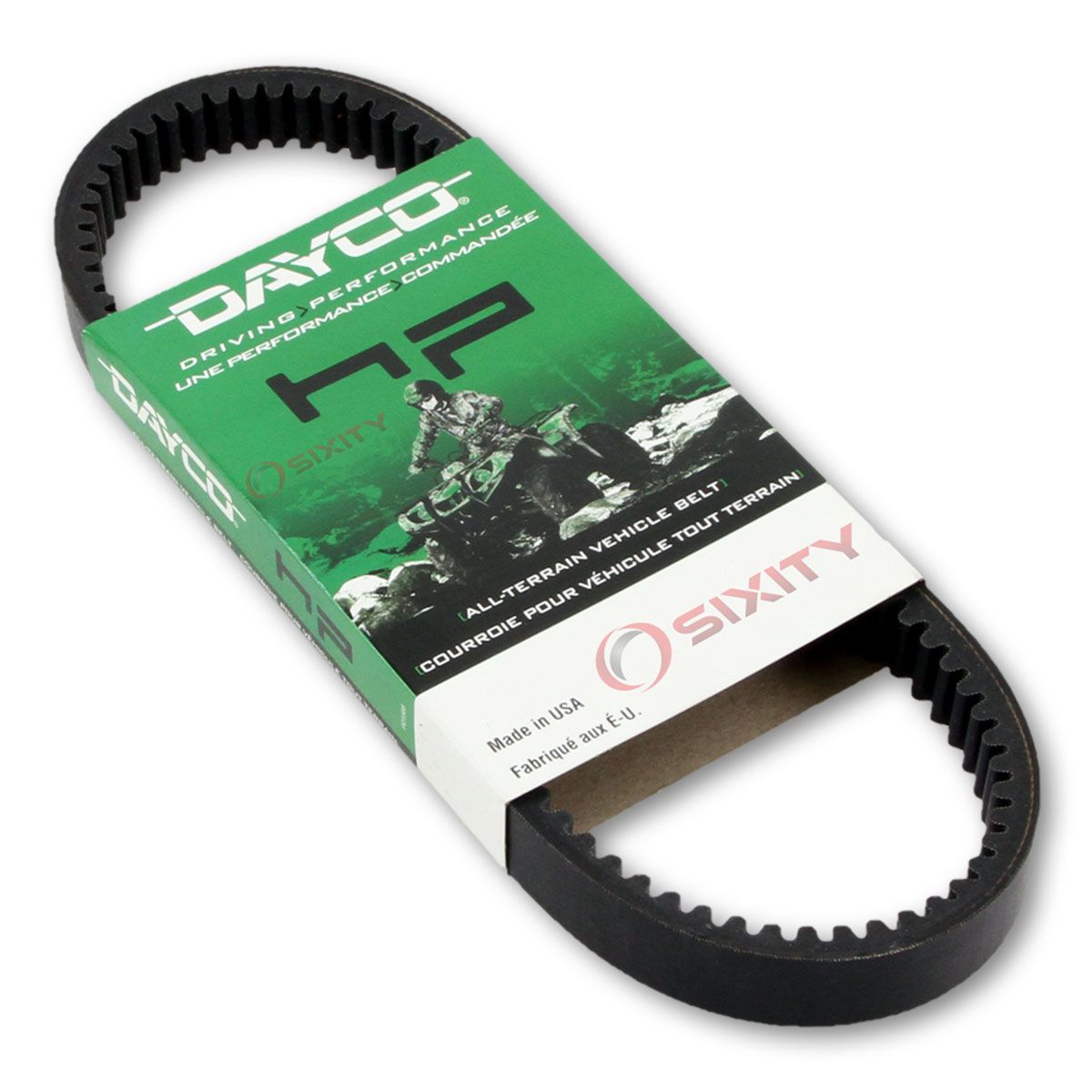
Break-In: The 20/20 Rule
Treat a new belt like fresh brake pads:
- 20 minutes of easy varying throttle (no long WOT pulls), keep RPMs changing to seat the sidewalls evenly.
- 20 miles (or one tank in a sled) of gradual load, avoiding deep mud, dunes, or steep hill launches.
- Cool-down cycles: Stop periodically, open the clutch cover (if accessible), and let heat soak dissipate.
Skip break-in and you’ll glaze the belt long before it earns its keep.
Riding Styles: Match Belt to Terrain
- Utility / Towing / Plowing: Low-speed, high-torque. Prioritize aramid cords and cooler-running top-cog designs. Keep deflection on the snug end of spec for clean engagement.
- Trail / Woods: Mixed RPM and frequent back-shifts. A balanced compound with solid heat resistance is best—clean sheaves are everything.
- Mud: Big tires + sticky load = heat. Consider vent mods, clutch tuning for quicker up-shift, and a premium aramid Sixity Drive Belt.
- Sand / Dunes: Long WOT pulls build heat. Run a top-tier heat-resistant belt, verify clutch calibration (weights/springs), and give the system cool-down breaks.
- Snow (Sleds): Cold starts, then sustained load. Favor compounds that stay flexible in low temps with cords that resist stretch during long pulls.
Clutch Health: The Belt Can’t Fix a Sick Sheave
A perfect belt still dies in a bad clutch. Inspect:
- Sheave faces: Concentric wear only. Lines, grooves, or step wear indicate debris or misalignment.
- Primary rollers & weights: Flat-spotted rollers or sloppy pins ruin shift consistency (belt heat skyrockets).
- Secondary helix & buttons: Notches or sticky movement kill back-shift and cook belts on descents.
- Springs (both clutches): Tired springs lower clamp force; the belt slips and glazes.
Replace borderline parts during belt service. It’s cheaper than repeating the job after the next ride.
Tuning Touches: Cheap Tricks, Big Wins
- Ventilation: Ensure CVT intake/exhaust ducts aren’t blocked. In fine dust, add pre-filters you can bang out trailside.
- Belt height at rest: The belt should sit just proud of the secondary sheave rim per spec. Too low or too high affects engagement and back-shift.
- Consistency in tire size/weight: Jumping from 27″ trail tires to 32″ mud tires without clutch recalibration is a belt killer. Tune for the setup you actually run.
Troubleshooting: What Your Belt Is Telling You
- Glazing (shiny faces): Overheating from slip; check alignment, deflection, and clutch spring rates.
- Edge fray/chunking: Sheave angle mismatch or debris in the housing. Confirm belt angle & clean thoroughly.
- Cord pull (visible threads): Severe overheat or foreign object. Replace belt and inspect sheaves for burrs.
- Burnt rubber smell: Sustained high load without cool-downs; venting or clutching changes needed.
- Black dust excess: Normal in moderation; heavy dust indicates heat or misalignment.
Maintenance Schedule: Simple Habits, Long Belt Life
- After wet/muddy rides: Pull the cover, drain/air-dry. Spin the clutches by hand to sling moisture.
- Every 25–50 hours (or monthly in season): Degrease sheaves, inspect rollers/buttons, check deflection.
- Season start: Install fresh belt or your best low-hour spare; relegate the old belt to emergency-spare duty.
- Storage: Keep belts in a cool, dark place away from ozone (motors, welders) and solvents. Store flat or in a large loop—not kinked.
Cost vs. Value: Why Upgrading the Belt Pays
A premium aramid or advanced-fiber Sixity Drive Belt costs less than a tow, cheaper than a weekend lost, and far less than burned clutch components. When your riding includes heavy loads, big tires, or steep grades, the belt is not where you want to save $20.
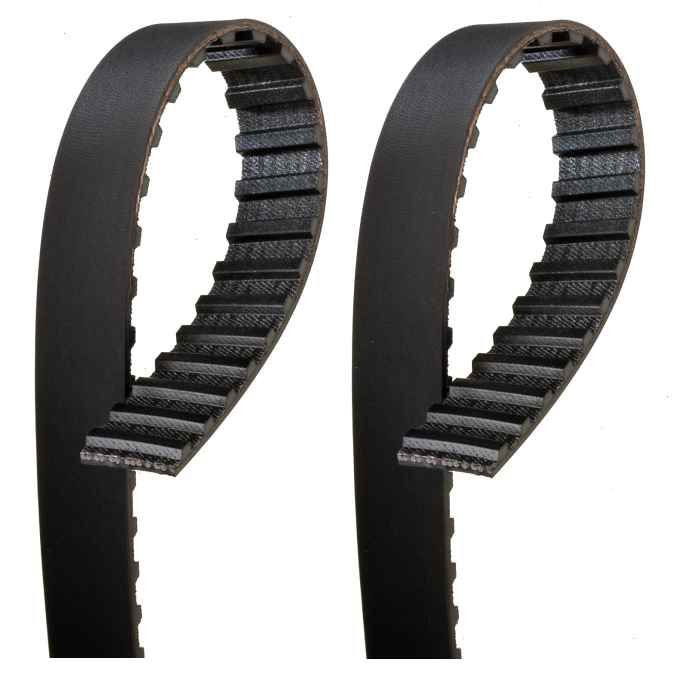
Quick Field Kit (Throw This in the Box)
- Spare belt (bagged), clutch cover tool, 3/8″ ratchet with bits, maroon Scotch-Brite, nitrile gloves, brake cleaner, microfiber, small spring scale (for deflection), and a thin straightedge. Ten minutes trailside beats two hours of pushing.
Conclusion
CVT performance is a system: the right belt, aligned and clean clutches, correct deflection, a smart break-in, and riding habits that respect heat. Get those five right and your machine will pull harder, run cooler, and last longer—no heroics required. The Sixity Drive Belts lineup makes the “right belt” piece easy, with constructions tuned to utility, mud, sand, trail, and snow across most major platforms. Install carefully, tune once, and enjoy miles of crisp engagement and reliable back-shift.
FAQ
- How do I know if I need aramid/“Kevlar®” cords?
If you tow, run oversized tires, ride dunes, or carry heavy loads often, step up to aramid or advanced-fiber cords for lower stretch and better heat tolerance. For casual trail riding on stock tires, standard cords can suffice. - What’s the fastest way to ruin a new belt?
Hard launches or long WOT pulls during the first 20 miles. Break-in seats the sidewalls; skip it and you’ll glaze the belt early. - Should I use belt dressing or “grip spray”?
No. Dressings contaminate sheaves and attract dust, increasing heat and slip. Clean, dry faces provide the best friction. - How tight should my belt be?
Follow your service manual’s deflection spec (often 1/2–3/4″). Too tight spikes heat and engagement shock; too loose slips and glazes. - Can clutch misalignment really kill belts that fast?
Yes. Even small misalignment makes the belt twist and scrub, generating heat and edge wear. Always verify alignment when installing a new belt. - When should I replace a belt proactively?
If you see glazing, sidewall cracking, fray, or it measures out of spec for width. Many riders pre-emptively replace each season and keep the best used belt as a spare. - Do I need to re-tune clutches after changing tires or altitude?
Usually, yes. Tire weight/diameter and elevation change RPM/load. Adjust weights/springs to keep the engine in its power band and save your belt from excess heat.

